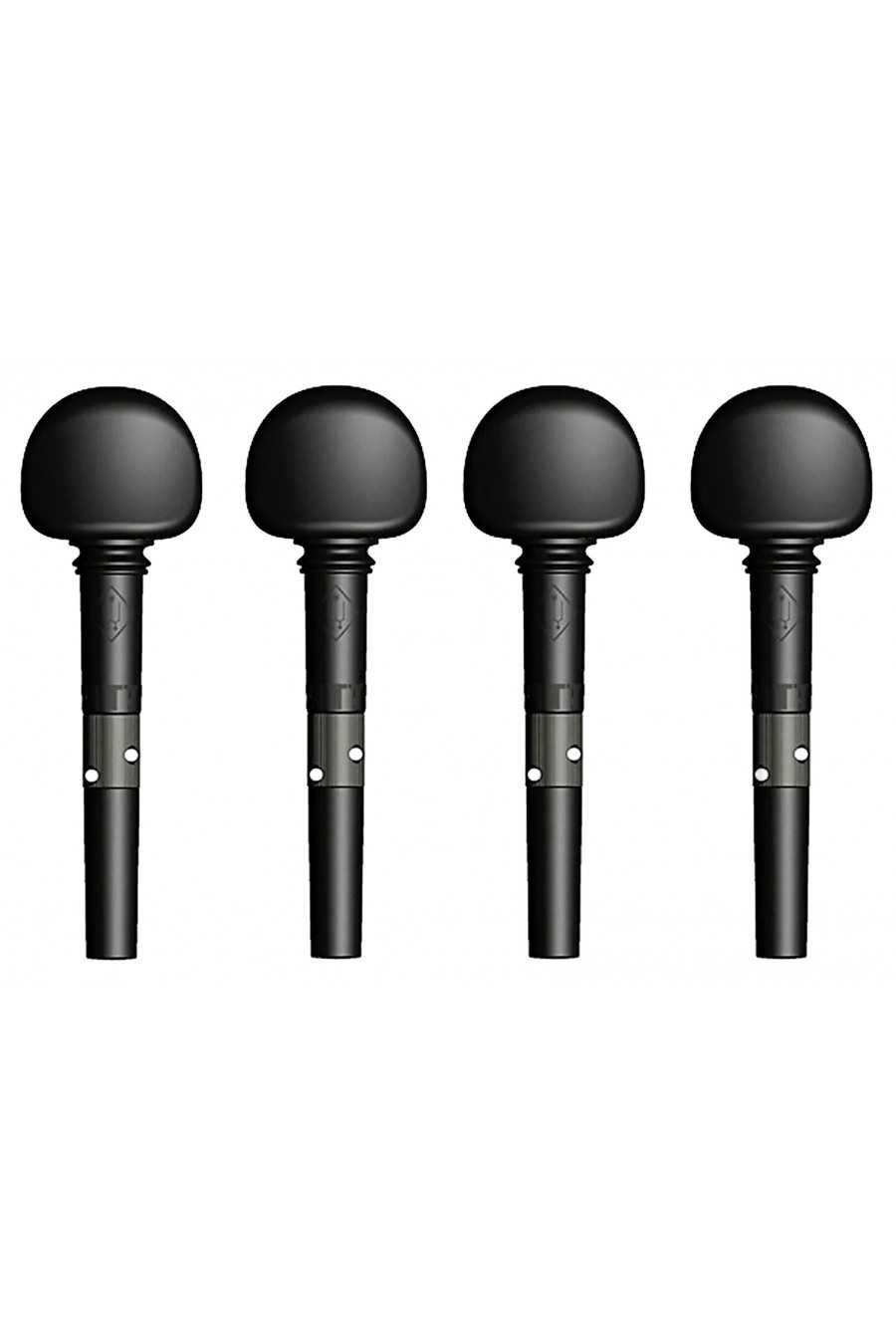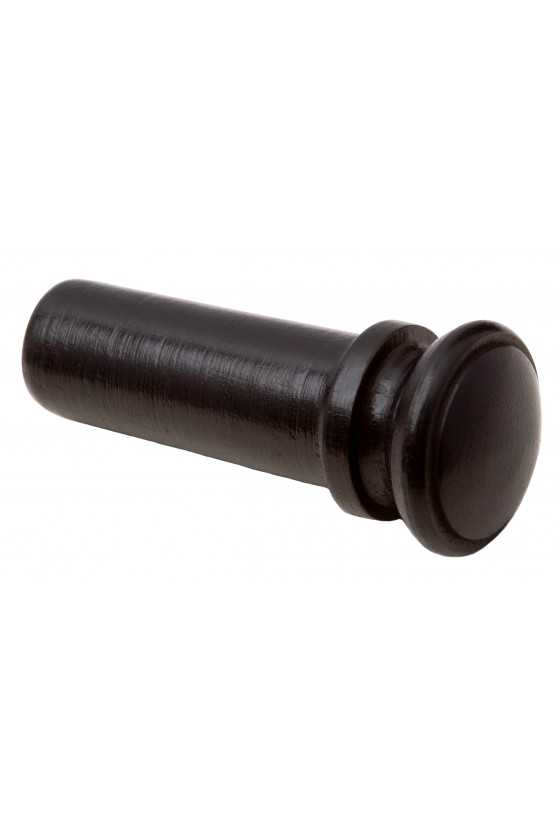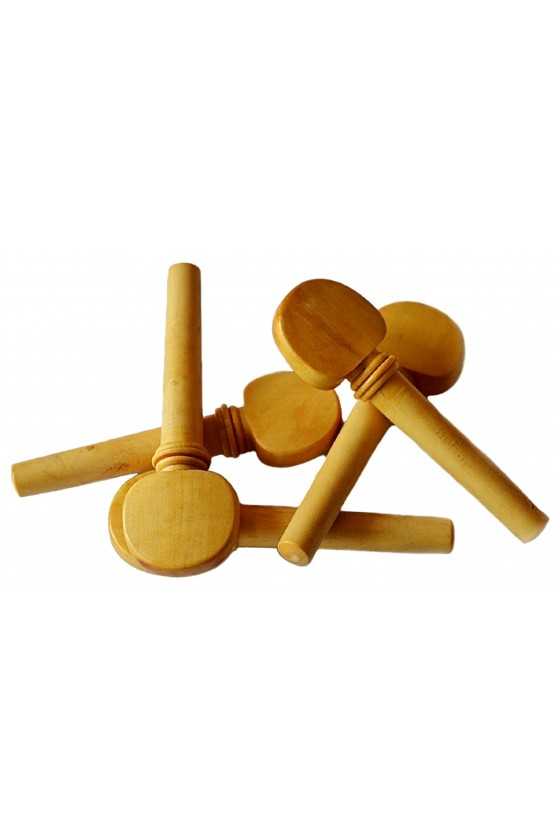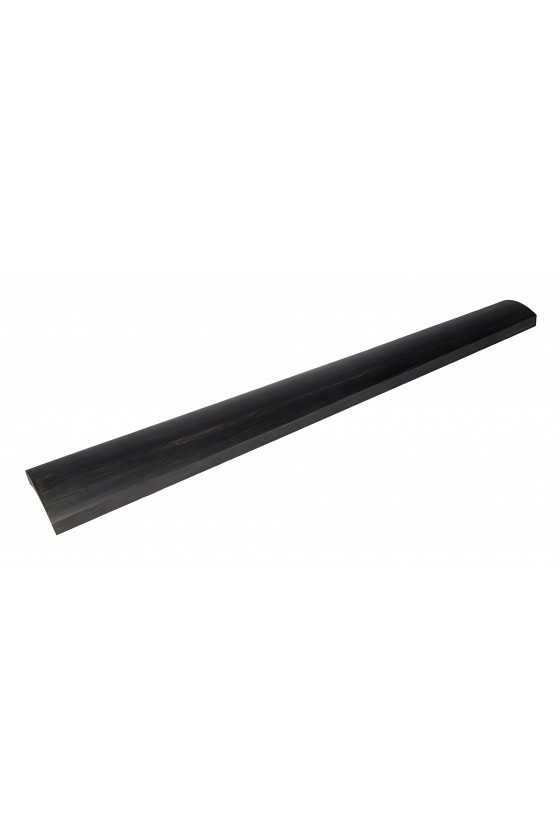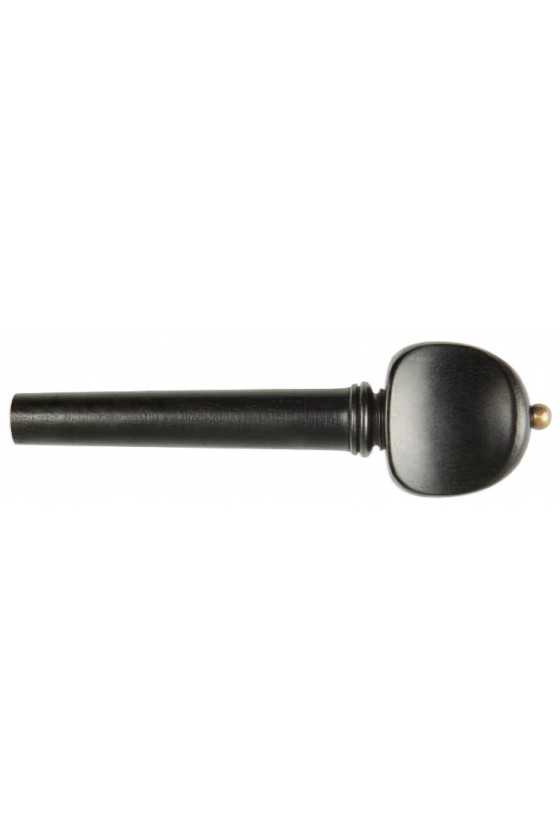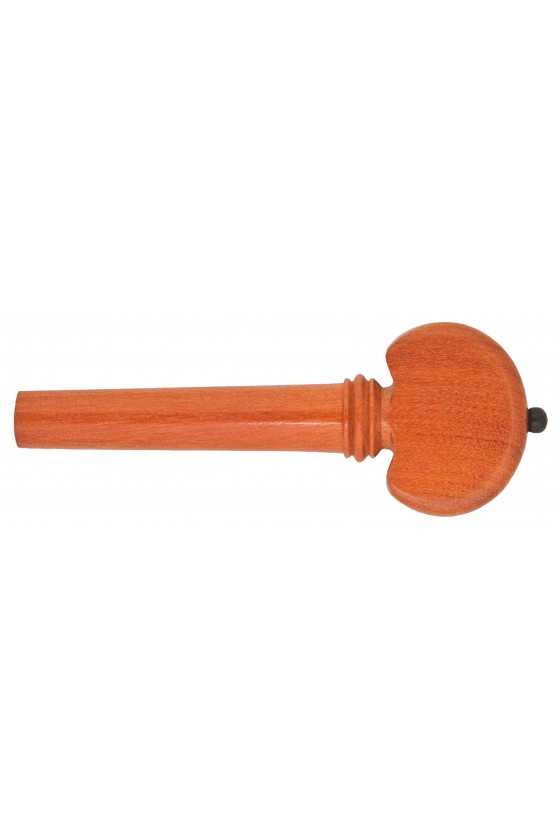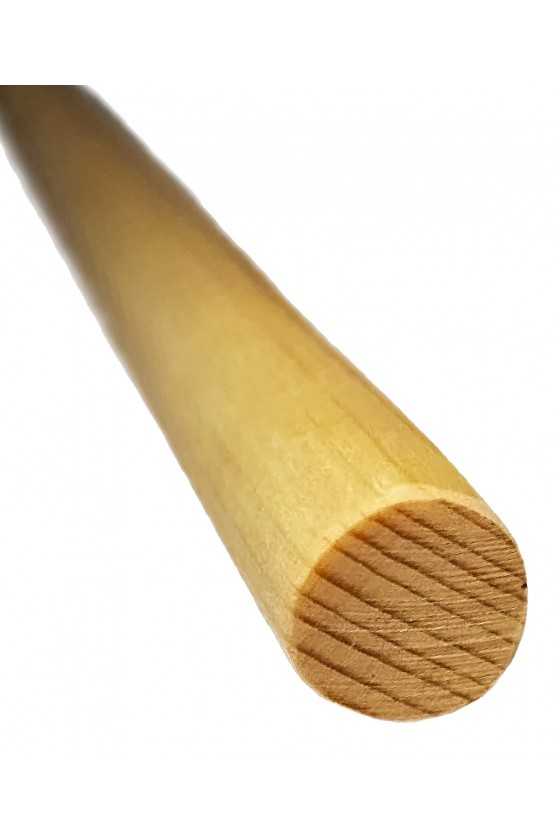Wittner Fine Tune Violin Peg Set (Not fitted)
The Wittner Fine Tune pegs have a traditional hardwood appearance but feature an innovative internal gearing system that enhances usability. When inserted into the peg box, the shaft remains stationary and locked, while only the button and geared middle section move.
Fine Tune pegs have an exceptional internal gear ratio of 8.5:1, providing unparalleled tuning precision. The gear mechanism is also self-inhibiting, guaranteeing that it cannot slip back once turned. The taper on the violin pegs is 1:30 to fit any traditional peg box.
Once fitted, the peg shaft on the Fine Tune pegs does not move, and thus, there is no wear on the peg box that is typically found with traditional pegs. When tuning the instrument, no inward pressure is exerted on the peg box, eliminating the risk of a split peg box.

